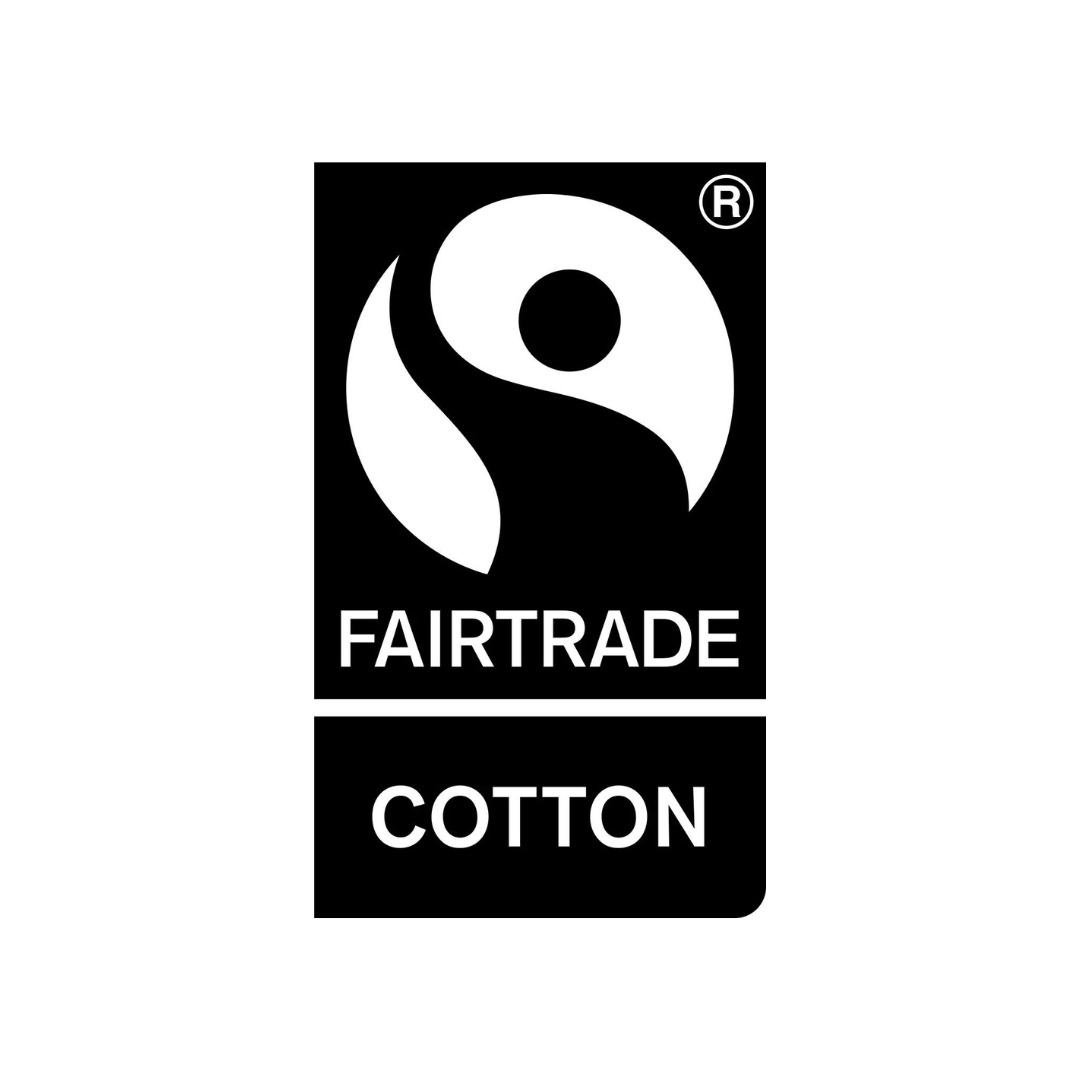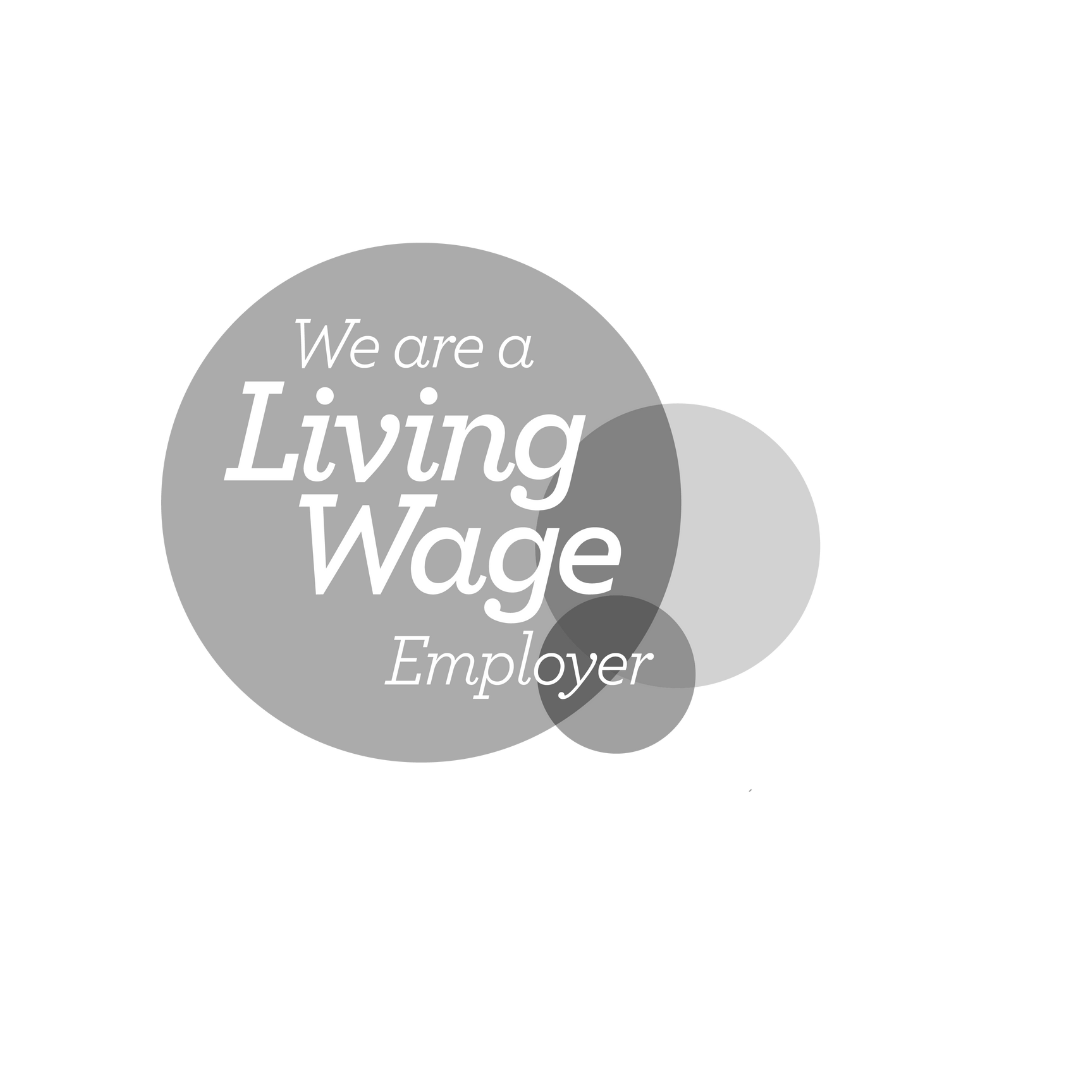
3 Ways To Have an Eco-Friendly Halloween
According to The Fairyland Trust, “the scariest thing about Halloween is now plastic”. Ready-made Halloween costumes contain high levels of oil-based plastics, and there are also problems associated with plastic accessories such as capes, hats, synthetic wigs, masks, buckets, makeup, glitter and party decorations.
But it’s perfectly possible to have a sustainable Halloween, without skimping on any terrifying traditions!
Re-use an old costume or buy second-hand

According to environmental charities The Fairyland Trust and Hubbub, 83% of materials used to create Halloween costumes are from oil-based plastic. They also found that UK Halloween celebrations generate over 2,000 tonnes of plastic waste from clothing and costumes alone. This is the equivalent weight of plastic to 83 million Coca Cola bottles (more than one per person in the UK!). Every year, more than 30 million people dress up for Halloween, and over 7 million costumes are thrown away in the UK alone each year. (Fairyland Trust/Hubbub survey)
The Fairyland Trust warned that “the actual plastic-waste footprint of Halloween will be significantly larger than this survey suggests because it does not include food and other packaging, and toys produced and marketed for Halloween”.
Clothes made out of synthetic fibres release microfibres in the wash, which leach out into the environment - they’ve been found everywhere from Antarctica to Scottish mineral water, beer to table salt, and even the air! Over time, synthetic garments release fewer fibres (it’s brand new clothing that is the worst culprit!). The survey found that polyester made up 69% of all materials, and that non-plastic materials in costumes tends to be either cotton (10%) or viscose (6%). There are a number of environmental and ethical concerns associated with both.
So what’s the solution? Wherever possible, it’s best to get as much wear out of garments you already own (i.e. re-using old costumes) or shop second-hand! Alternatively, check out the Fairyland Trust’s guide to dressing up without plastic. You could also use Eco-friendly face paint to go alongside your costume. It’s also best to avoid glitter – even eco-glitter has an impact!
Eat the pumpkin!

Pesticides and fertilisers are used liberally in the farming of pumpkins – this is because they’re very susceptible to insects and bacterial infections. These chemicals release large quantities of nitrous oxide, which has a global warming potential 300 times greater than carbon dioxide. A study in Germany calculated the carbon footprint of pumpkins ranges from 139g to 448g CO2 equivalent per kilo.
Every year, 10 million pumpkins are grown in the UK, and of these 95% are used for Halloween and then thrown away – also creating 18,000 tonnes of food waste (World Economic Forum).
So what’s the best thing to do?-
Buy organic, edible pumpkins
-
Don’t travel long distances to buy pumpkins
-
Most importantly, make use of the whole pumpkin! There are so many ideas for ways to use your pumpkin, everything from pumpkin soup to pumpkin bread, and also in cakes, curries and even home-brewed beers!
Avoid fireworks
Fireworks cause extensive air pollution in a very short amount of time, releasing dangerous toxins, harmful chemicals and smoke in the air for days. Many of these substances never fully decompose or disintegrate. The strong colours of fireworks come from metallic compounds such as barium and aluminium; fireworks also leave behind metal particles.















Leave a comment
This site is protected by hCaptcha and the hCaptcha Privacy Policy and Terms of Service apply.